
News & Products for the week of December 8th 2025 Model railroad operators and builders can get the latest information about locomotives, freight cars, passenger cars, tools, track, and more by reading Model Railroader’s frequent product updates. The following are the products Model Railroader editors have news on for the week of December 8th, 2025. […]
Read More…
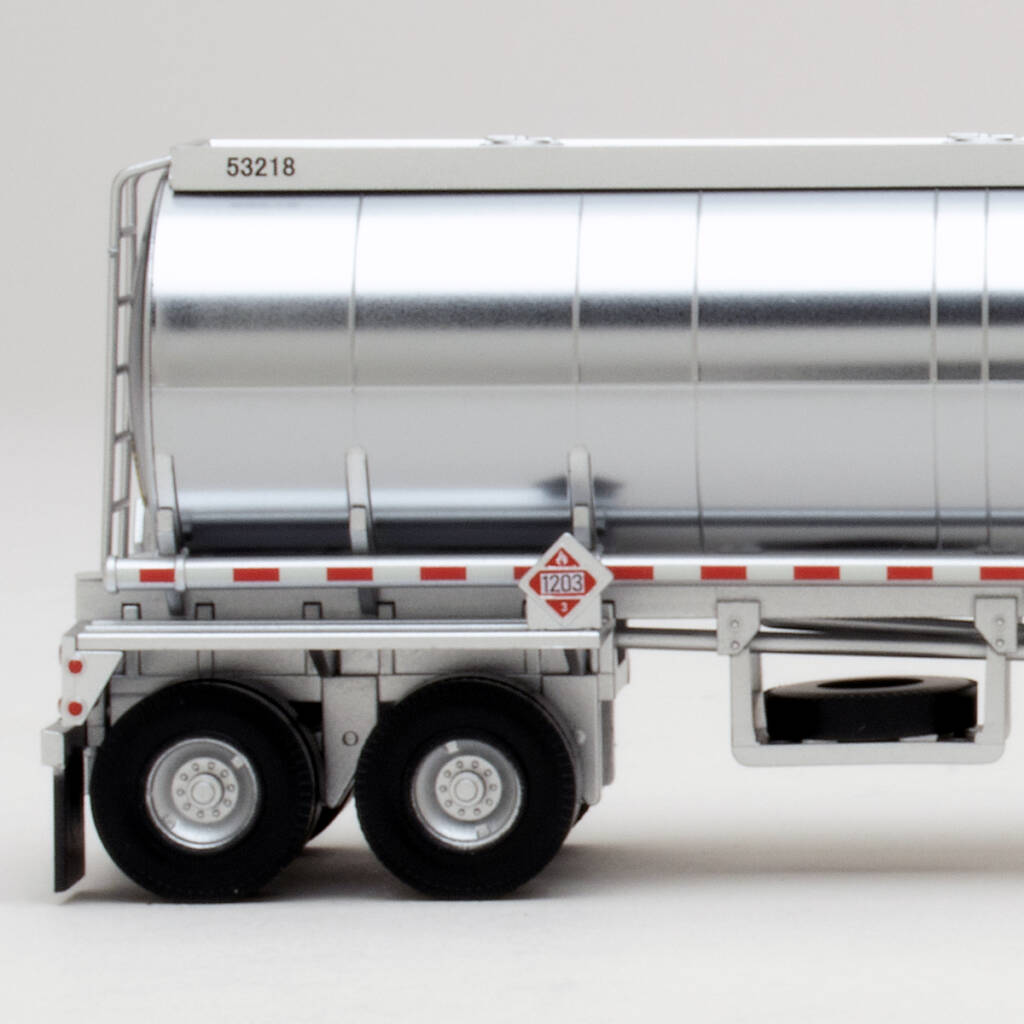
Walthers HO tanker trailers Scale: HO (1:87.1) Price: $39.98 Manufacturer: Wm. K. Walthers Inc., 5601 W. Florist Ave., Milwaukee, WI 53218; 414-527-0770; walthers.com Features on Walthers HO tanker trailers: Company names matched to Walthers Cornerstone industries Factory-installed lowered landing gear and toolbox Freestanding ladder on side or back as appropriate Injection-molded plastic construction Modeler-installed raised […]
Read More…
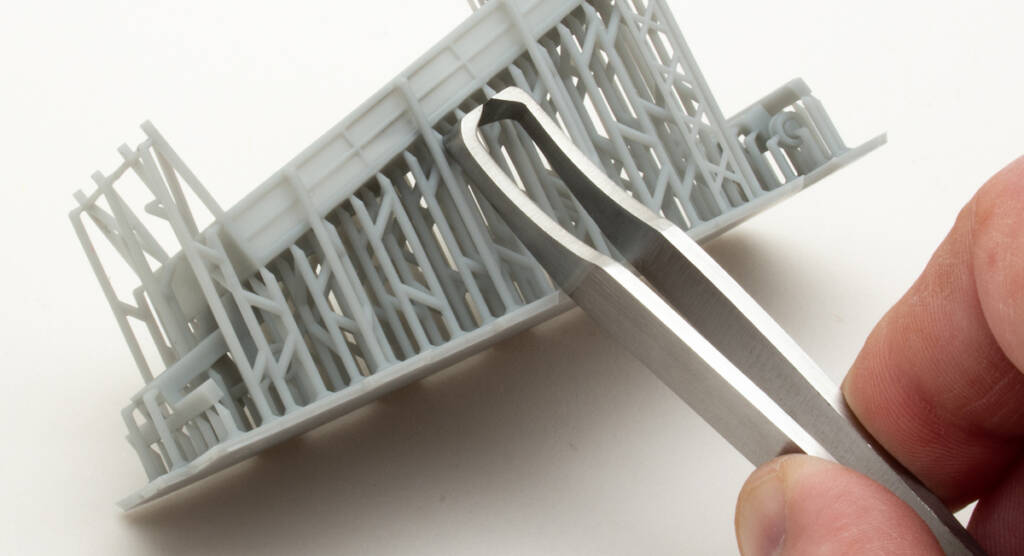
Q: I’m excited by all the new 3D-printed figures and details that have become available. Lately, however, I’ve received some figures that are still attached to the support structure. I work in HO scale, and I’m not sure how to safely remove all this material without damaging the details or figures. Do you have any […]
Read More…
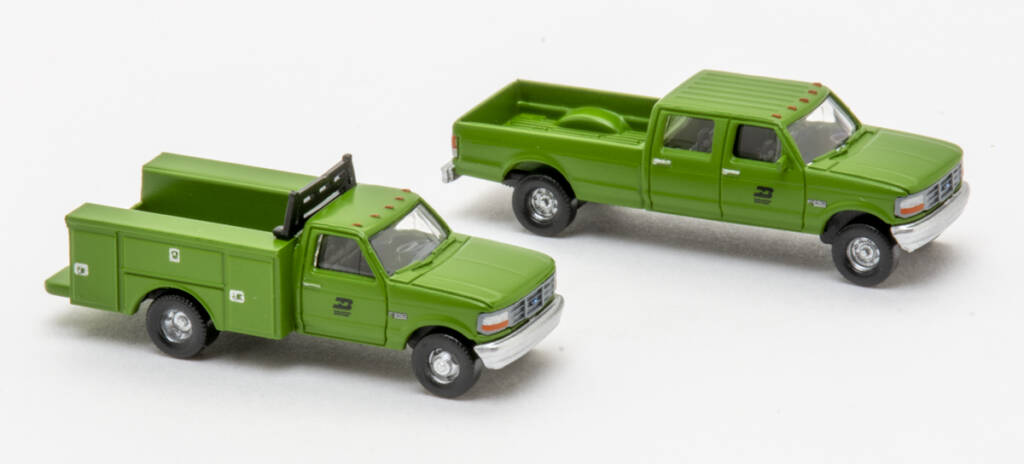
Q: I would like to feature modern automobiles on my currently under construction layout. Is there a manufacturer that makes vehicles from the late 1990s to modern day? If not, is there any way to make them? — Jake, via email A: You didn’t specify your modeling scale, Jake, but there are multiple sources for […]
Read More…
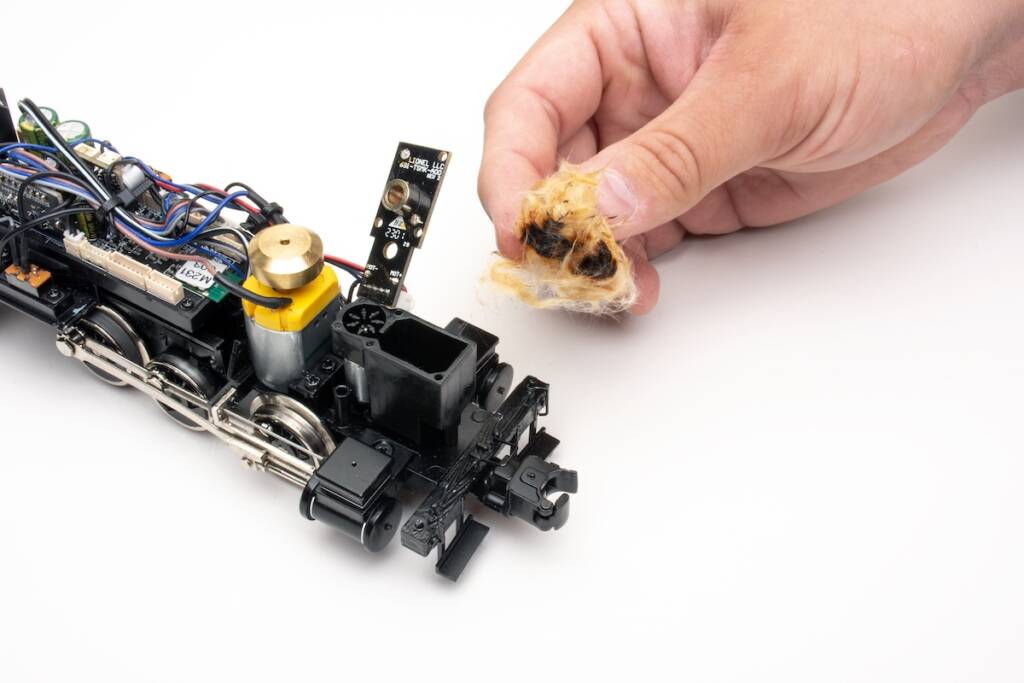
Is your locomotive struggling to produce a good amount of smoke, even after cranking up the smoke volume and adding fluid? While it’s not the one-and-only culprit, a charred smoke wick is a common problem. The wick is a strand or braided fiber glass material in the smoke unit’s heating chamber. It generates the smoke […]
Read More…

Athearn HO 20-foot ISO tank container We recently received a pre-production sample of the Athearn HO 20-foot tank container. This is a hand-assembled model. Details on production models may vary slightly. Scale: HO (1:87.1) Price: Two-pack, $47.99 Manufacturer: Athearn Trains, 2904 Research Rd., Champaign, IL 61822; 800-338-4639; athearn.com Athearn HO 20-foot ISO tank container features: […]
Read More…

Athearn HO drop-frame spread-axle chassis We recently received a pre-production sample of the Athearn HO drop-frame spread-axle chassis. This is a hand-assembled model. Details on production models may vary slightly. Scale: HO (1:87.1) Price: $49.99 Manufacturer: Athearn Trains, 2904 Research Rd., Champaign, IL 61822; 800-338-4639; athearn.com Athearn HO drop-frame spread-axle chassis features: Air tanks and […]
Read More…
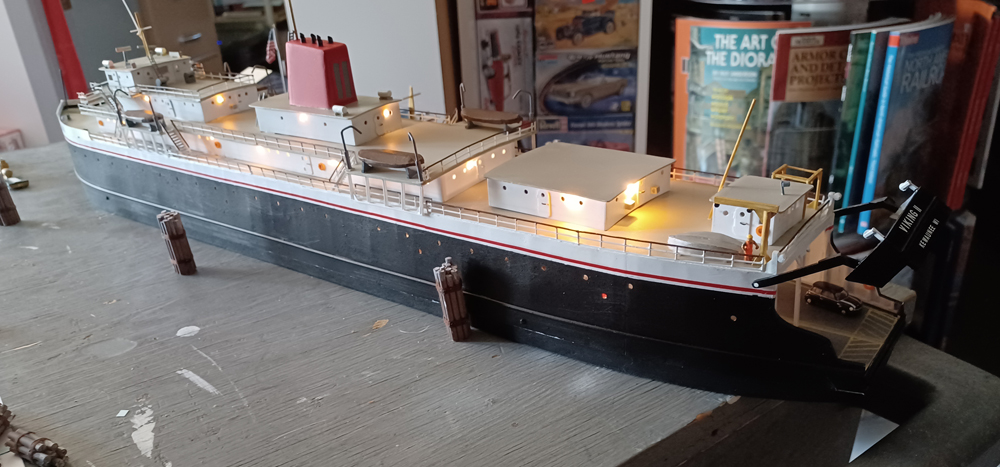
In 1980 and 1981, my wife and I rode round trips on the Viking and Badger, respectively, when they were still being used as railroad carferries operating between Wisconsin and Michigan. After those trips, I wanted to build an N scale version of the Viking. Unfortunately, I didn’t have the time or skills required back […]
Read More…
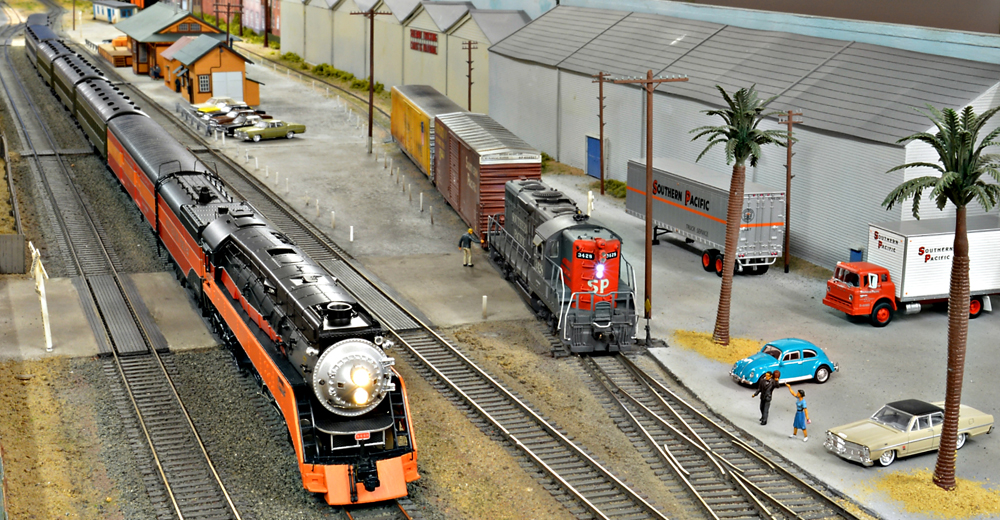
We’ve all been there before. Seated at the drafting desk, or perhaps the workbench, depending on how your layout room or workshop is set up, notebook open, pen in hand, writing out a list of desired traits for your soon-to-begin model railroad, maybe sketching possible track plans in the margins. A tale as old as […]
Read More…
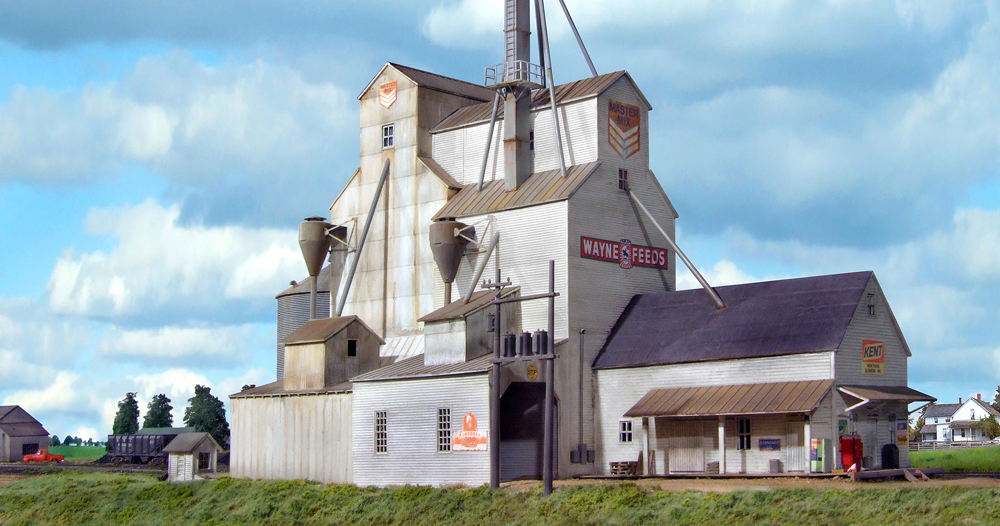
Last month we took a look at modeling urban scenery. This time around, we’ll step back from the big city and focus on rural scenery. I spent my formative years in the Red River Valley of the North, which was dotted with small towns up and down the Minnesota and North Dakota sides of the […]
Read More…
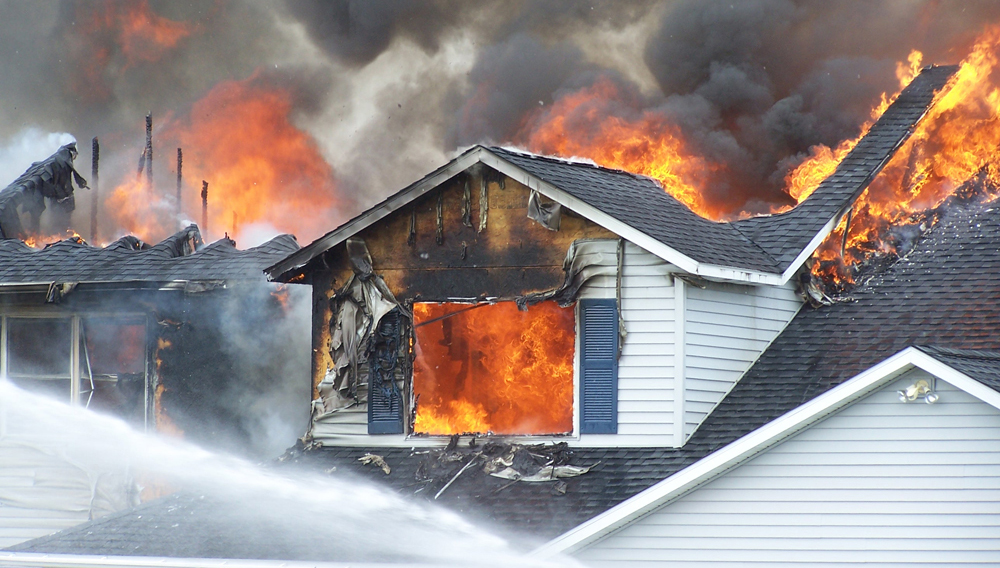
Though we consider model railroading a hobby, it’s also an investment. Consider the prices of model trains today. Depending on the scale, level of detail, and features, a ready-to-run freight car retails for anywhere from $20 to $150. Today’s injection-molded plastic steam and diesel locomotives are priced from $150 to $900. The numbers start to […]
Read More…
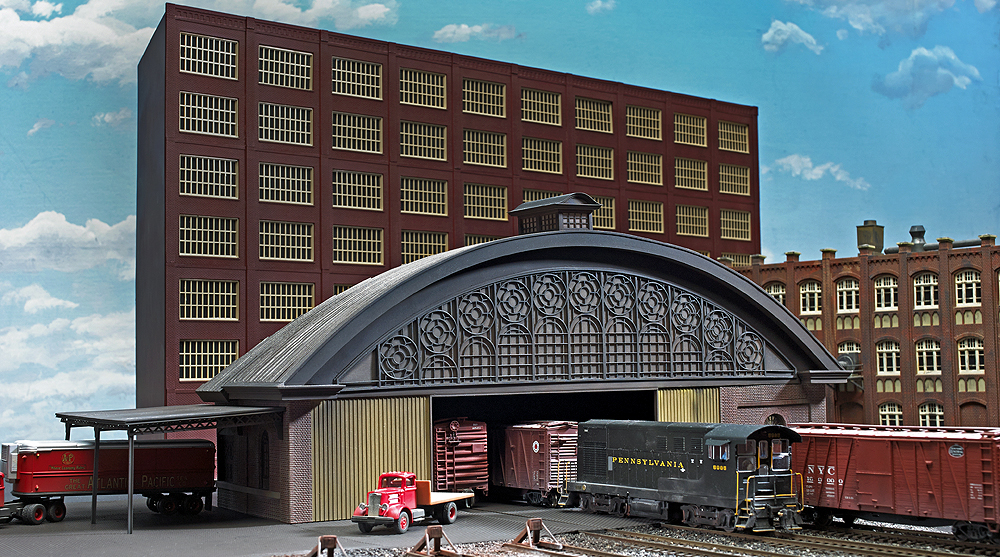
When I first started at Model Railroader in February 2014, I edited a story by Alex Marchand about how he created N scale hoppers using 3-D printing. That story was where I began to learn the basics of 3-D printing. But things have come a long way in the decade since. What was once a […]
Read More…












